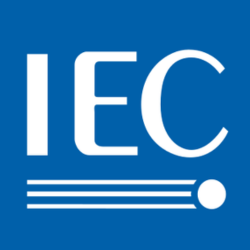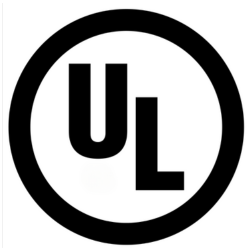Please get in touch to see how we can support you on your next Power Supply Application project.
Find out moreProducts
Please get in touch to see how we can support you on your next Power Supply Application project.
Find out moreIn the fast-paced world of electronics, where innovation converges with regulatory requirements, understanding the intricate details of global Standards is essential. This comprehensive breakdown delves deeper into the specifics governing electronic products.
Harmonizing Innovation: Electronics standards act as a common language that transcends borders. They provide a universal framework that fosters innovation while ensuring that devices, components, and systems can seamlessly work together globally. This harmonisation promotes efficiency and accelerates the pace of technological advancements.
Safeguarding Consumers: Standards are the linchpin in guaranteeing the safety and reliability of electronic products. Compliance with established norms mitigates risks, ensuring that end-users are protected from potential hazards. From voltage requirements to electromagnetic compatibility, adherence to standards safeguards consumers and instils confidence in electronic devices.
Facilitating Trade: In the interconnected world of global commerce, adherence to recognised standards is a prerequisite for market access. Products that meet international standards are more likely to navigate regulatory hurdles, facilitating smoother trade and market expansion for manufacturers.
Electronical power supply units are crucial components in various applications and adhere to specific safety standards to ensure reliable and secure operation. Here are some key safety standards relevant to Electronical power supply units:
 |
International Electrotechnical Commission (IEC): |
 |
British Standards Institution (BSI) – EN Standards: |
 |
Institute of Electronical and Electronics Engineers (IEEE): |
 |
Underwriters Laboratories (UL): |
These standards are essential instruments for professionals in the industry, providing a cohesive language and a comprehensive set of guidelines to enhance the performance and safety of power supply units across varied markets. Now, let’s delve into a more detailed analysis of how these standards are implemented in practice:
IEC 60950-1 Information Technology Equipment – Safety:
IEC 62368-1 Audio/Video, Information, and Communication Technology Equipment:
UL 60950-1 Safety of Information Technology Equipment:
EN 62368-1 Audio/Video, Information, and Communication Technology Equipment:
UL 60601-1 Medical Electronical Equipment:
EN 50155 – Railway Applications – Electronic Equipment Used on Rolling Stock:
IEC 61010 – Safety Requirements for Electronical Equipment for Measurement, Control, and Laboratory Use:
IEC 62752 – In-Cable Control and Protection Device for Mode 2 Charging of Electronic Road Vehicles (IC-CPD):
IEC 62955 – Residential Electronical Energy Storage Systems (EESS) – Safety Requirements:
UL 508 Industrial Control Equipment:
IEC 60335-1 Household and similar electrical appliances:
IEC 61558 Safety of Power Transformers, Power Supplies, Reactors, and Similar Products:
IEC EN 61558-2-16: Transformers for filament lamps and associated equipment:
EN 61347-1, Electronic control gear.
EN 61347-2-13 Electronic control gear for LED modules.
Manufacturers of Electronical power supply units typically design their products in compliance with these standards, conducting thorough testing and obtaining certifications to validate adherence to safety requirements. Compliance with these standards is essential to ensure the safe and reliable operation of power supply units in diverse applications.
Compliance with these Approvals and standards is not a mere checkbox; it’s a commitment to safety, quality assurance, market access, and liability protection.
Ideal Power is a beacon of this commitment, where each product undergoes meticulous scrutiny to ensure it meets and exceeds global standards.
As the electronics industry continues its relentless march forward, regulatory landscapes evolve. Staying ahead of these changes is crucial and a testament to a commitment to excellence. Ideal Power remains vigilant, constantly adapting to emerging technologies and consulting with regulatory experts to ensure continued compliance. In an ever-changing landscape, Ideal Power stands firm, dedicated to navigating tomorrow’s innovations while upholding the highest global standards.
Contact us today to see how we can help power your projects!
Sign up and stay up to date on product releases, stories, and so much more ...
